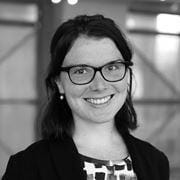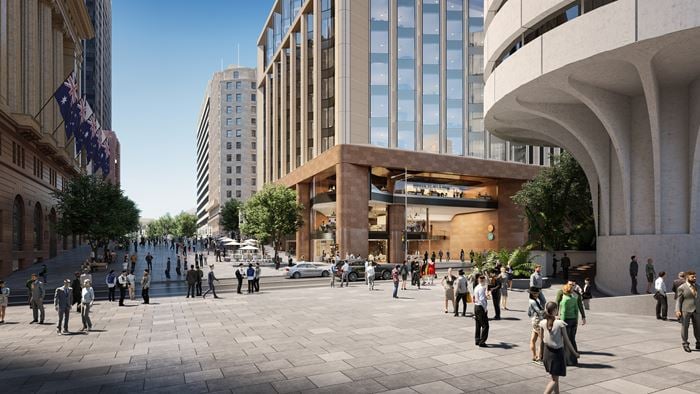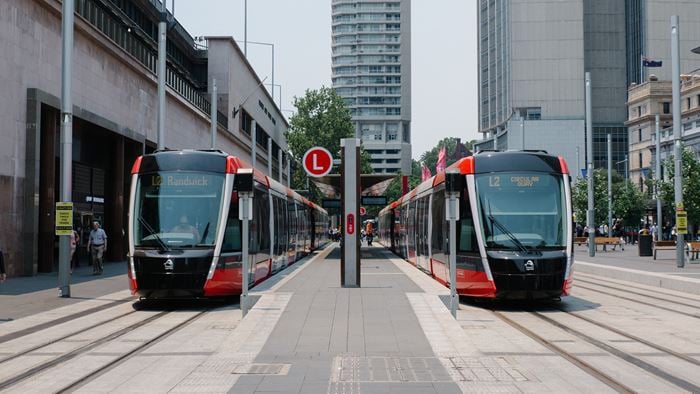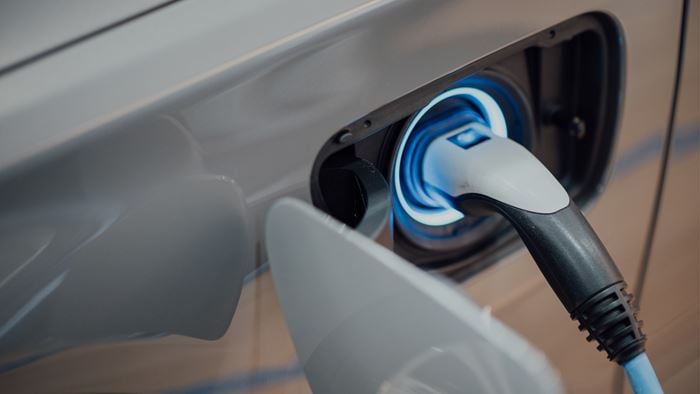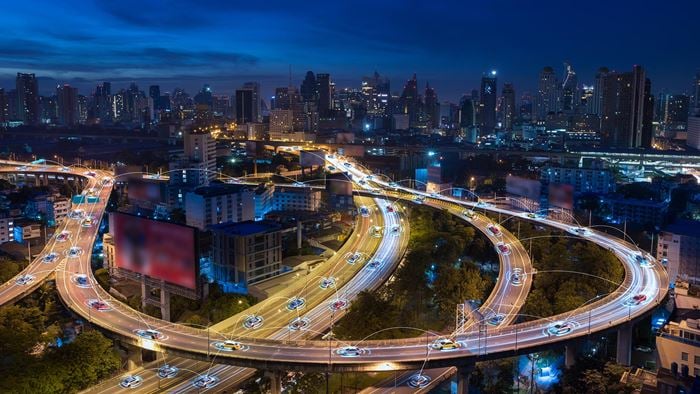Type ‘Future of Transport’ into Google, and you’ll be inundated with automated vehicle technology in the air and terrestrially. The only people you will see are in artists’ impressions of fantasy-style moving lounge rooms as we give up driving to the robot.
Something may be amiss in our thinking. Many of our best minds are working on how we’re going to replace a driver, but we need to not lose sight of the reason why we are doing this.
Focusing just on the means of movement in the future is putting the cart before the horse. That’s because people have certain needs that have to be met in order to thrive. Maslow’s hierarchy is a useful structure for thinking about those needs: people need to be able to access goods and services. They need to feel safe. They need to connect to others – both friends and strangers – and they need to feel connected to their environment. In essence, transport is a derived need – we need it because it’s the thing that enables us to meet all our other needs.
We must always ask why – before how – because you can’t answer detailed project questions without understanding the bigger picture.
When it comes to the future of mobility, transport planners must first understand the people we’re serving and what they need before we can start answering how we best serve them. We need to know what access they need to the rest of the community, and which goods and services from the community need to be able to reach them.
As consultants, our advice is often sought once a project or a solution has been defined. To be really effective, we need to make sure we ask the right questions about people’s needs so that the big picture doesn’t go unasked and unanswered. I see a strong case for stepping back at the start of any project and working with the client and stakeholders to establish a ‘songbook’ from which to work – building up, together, from the base. We must always ask why – before how – because you can’t answer detailed project questions without understanding the bigger picture.
I’m currently working on the City of Sydney Transport Futures project, which has been an incredibly collaborative process. The first phase is really exploring and engaging with the client to create a vision for the city and then understanding the challenges that people are likely to face in using the city. This involves profiling, analysing datasets to understand the size of various user groups and lots of spending time in the city to observe how its different parts operate at the moment.
We’ve also held several workshops with City of Sydney people beyond the project team to help the city crystallise its thinking and build a shared understanding of what is needed. We’ve also been reaching out to other stakeholders.
Now the City of Sydney has a strong picture of what it is trying to achieve and what successful transport looks like for the city. It is able to start trying to work with the State Government on how to make it a reality, with people very much at the heart of the future vision. It’s a model I hope to see become more and more common as we plan for the future of access and mobility.
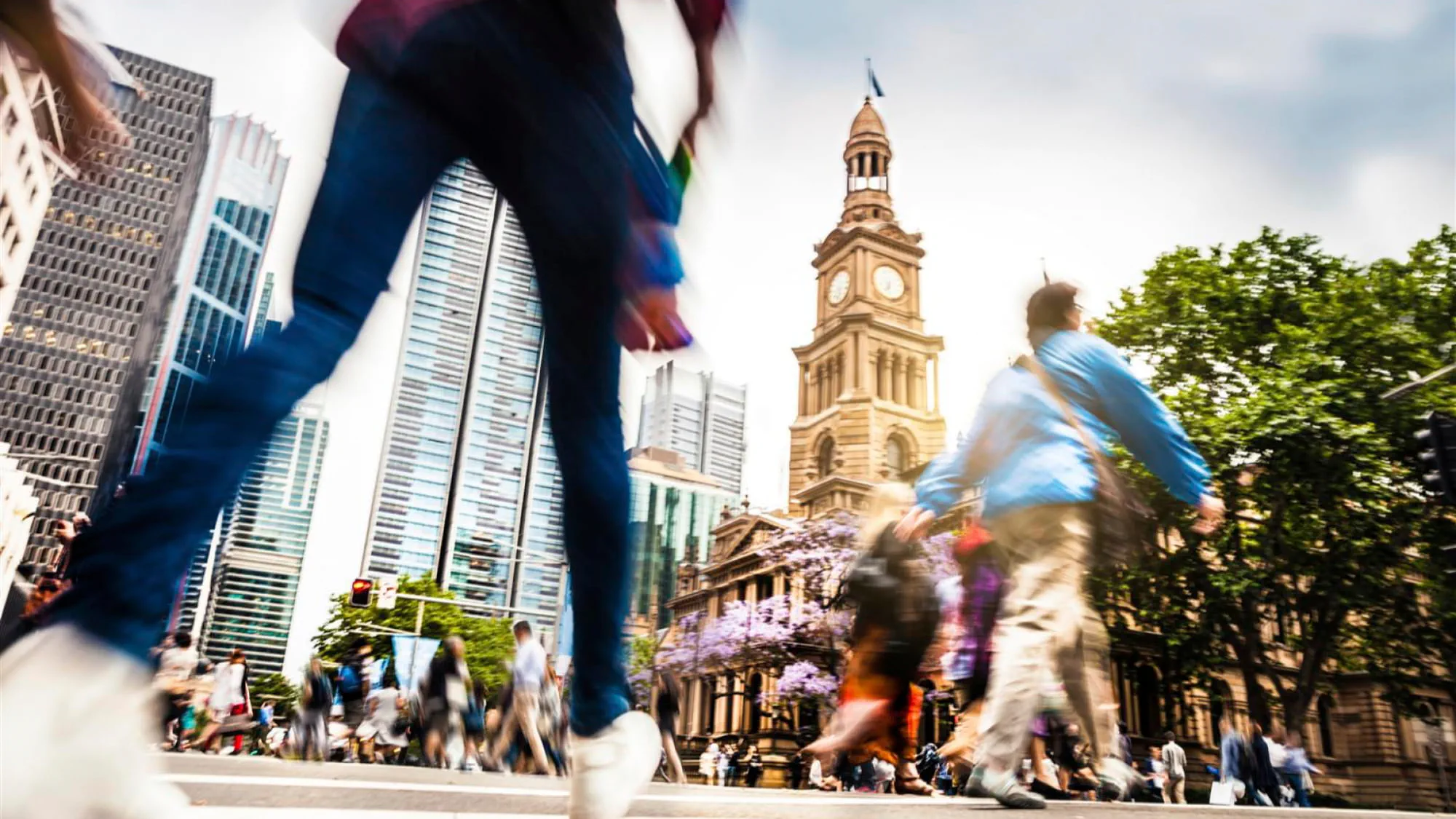 ;
;
